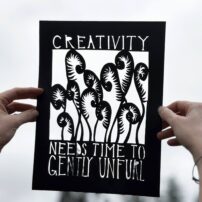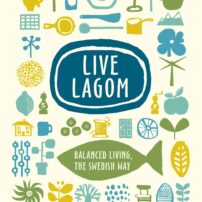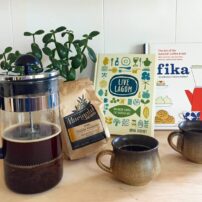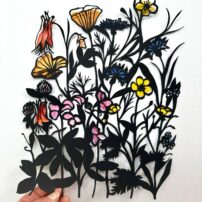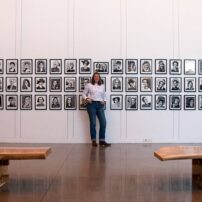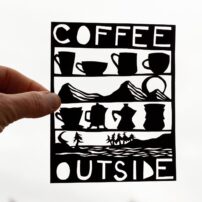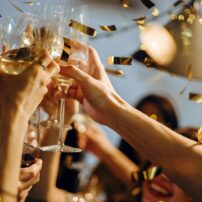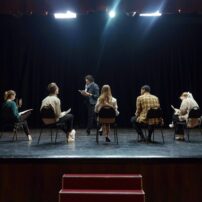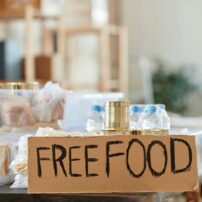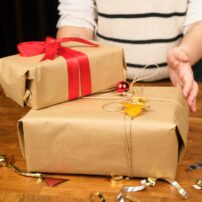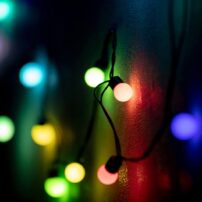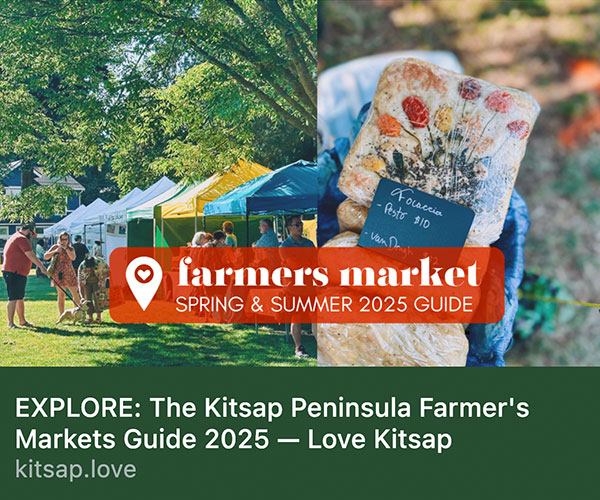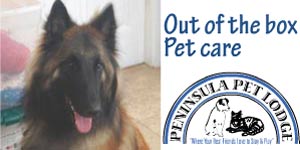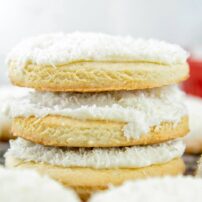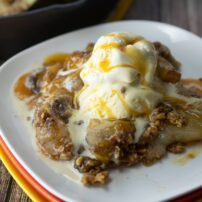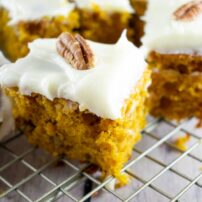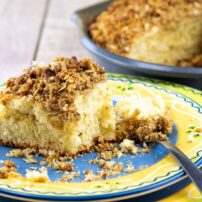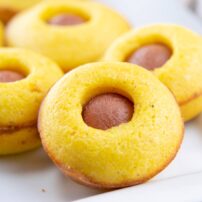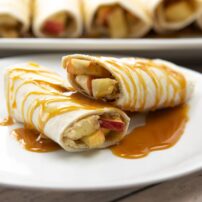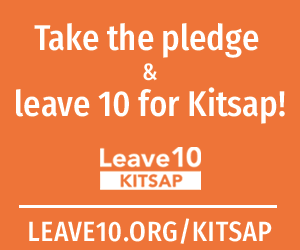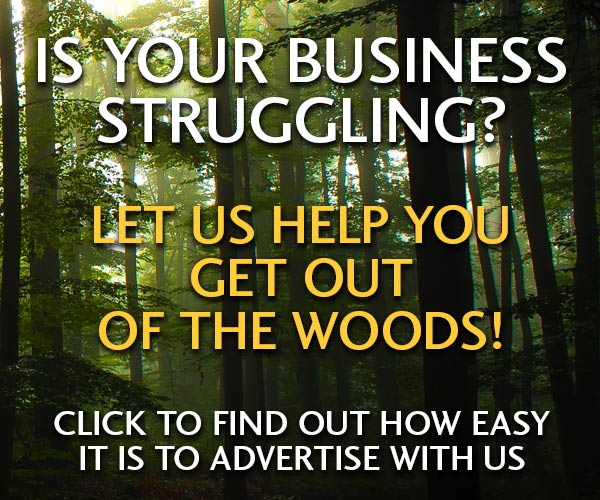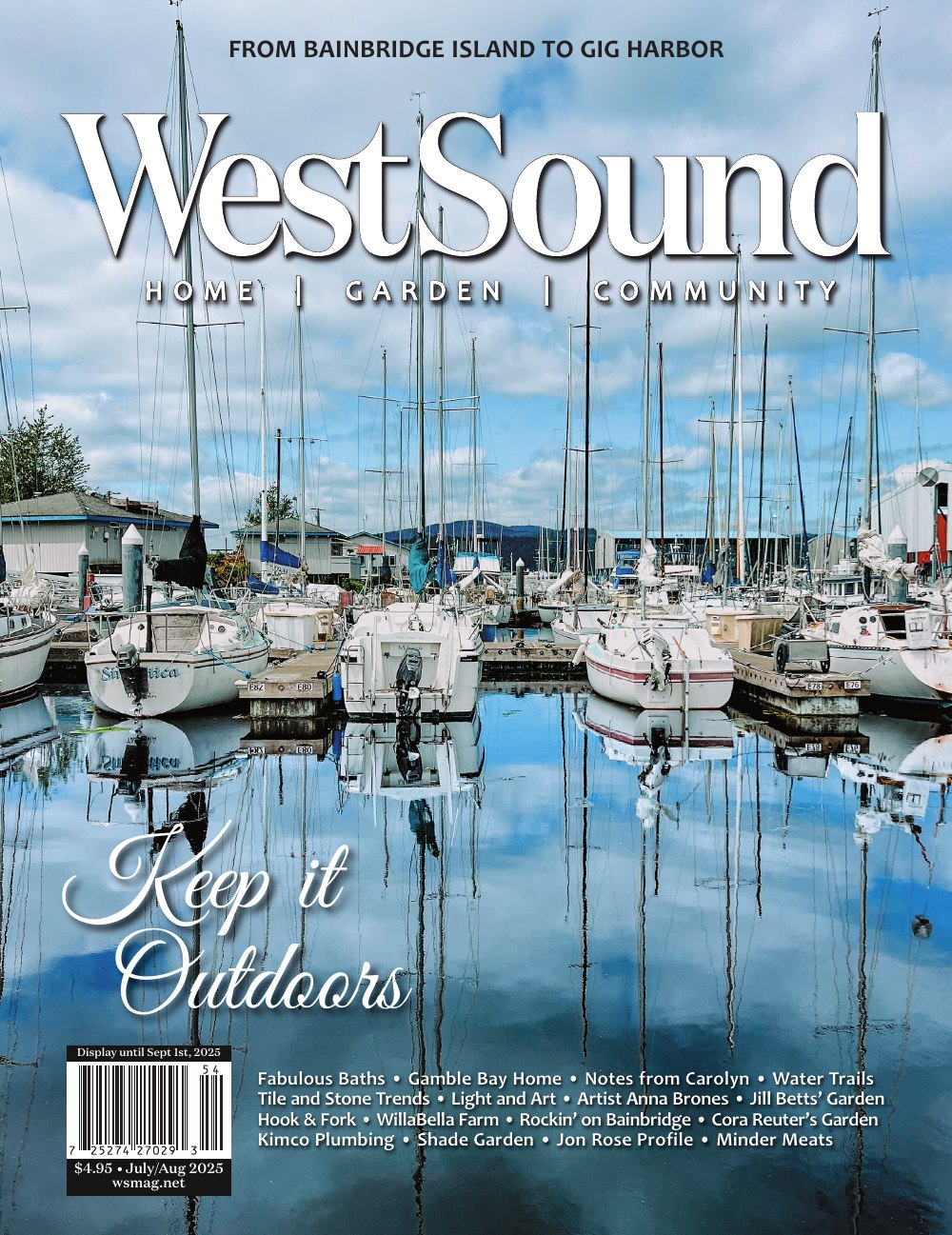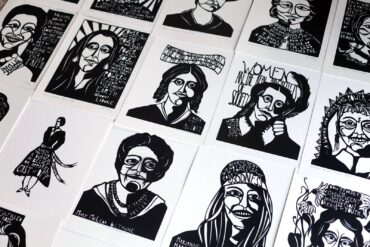 Scandinavian influences are not only part of her life but also shape the art of Anna Brones. Her mother is Swedish, and the Swedish lifestyle, culture and art are attractive to Brones and seem to be a part of her. Growing up in Vaughn, where two-lane roads are lined with fir trees and the saltwater bay is never far from view, Brones was surrounded by the elements that became the theme of her work.
Scandinavian influences are not only part of her life but also shape the art of Anna Brones. Her mother is Swedish, and the Swedish lifestyle, culture and art are attractive to Brones and seem to be a part of her. Growing up in Vaughn, where two-lane roads are lined with fir trees and the saltwater bay is never far from view, Brones was surrounded by the elements that became the theme of her work.
Brones is a professional writer and papercutting artist. Her writing and papercutting illustrations portray visions of tranquil moments in nature, with the clean lines, flowing curves and intricate cuts revealing that, in her view, less is more.
 “I’m definitely very nature-inspired,” Brones said. “I have a lot of nature themes that come up. A lot of water and rockshore landscapes that I’m drawn to. And my mom is Swedish, so there’s a Scandinavian look to what I do. I love the graphic, abstract style that is stereotypical, with playful, fun patterns and textures. I’ve always been drawn to them.”
“I’m definitely very nature-inspired,” Brones said. “I have a lot of nature themes that come up. A lot of water and rockshore landscapes that I’m drawn to. And my mom is Swedish, so there’s a Scandinavian look to what I do. I love the graphic, abstract style that is stereotypical, with playful, fun patterns and textures. I’ve always been drawn to them.”
She has been writing for years and has published six books focusing on Scandinavian culture and how to live a life of balance. “The Culinary Cyclist,” “Live Lagom: Balanced Living, the Swedish Way” and “Fika: The Art of the Swedish Coffee Break” are a few of the titles.
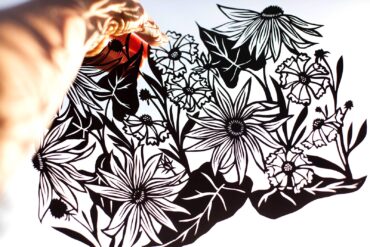 But it was Brones’ papercutting illustrations that caught the attention of the descendants of Irma Rombauer, author of the 1931 cookbook “The Joy of Cooking.” Although Brones had only been papercutting for a few years at the time, when Rombauer’s family decided to reissue the book in 2019, they contacted her to illustrate the header in each chapter.
But it was Brones’ papercutting illustrations that caught the attention of the descendants of Irma Rombauer, author of the 1931 cookbook “The Joy of Cooking.” Although Brones had only been papercutting for a few years at the time, when Rombauer’s family decided to reissue the book in 2019, they contacted her to illustrate the header in each chapter.
“Her great-grandson lives in Portland and follows my work online,” she said. “They reached out to me because in the original edition, the daughter made papercut illustrations for it, and for the new edition, they wanted to bring back papercuts. So, the idea was to give homage to the original edition.”
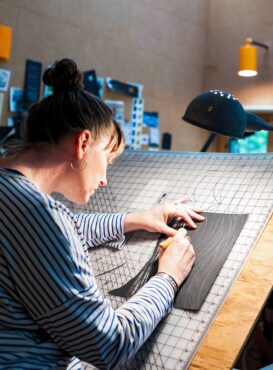
Brones said there was no specific moment when she realized she was an artist. Her house was filled with art supplies as far back as she can remember, but she started her creative journey first as a writer and discovered papercutting later.
“I started writing professionally a long time ago,” Brones said. “Then I started doing papercut illustrations, and it grew from there. I grew up in a creative household. My parents built our house and had art supplies around, so I can’t pinpoint a moment when I realized I was creative. It was just a part of existing in the world, and my mom does a lot of art. She weaves and does printmaking.”
Brones is self-taught. She completed her first papercut illustration in 2014. A tiny coffee cup is the smallest piece she has created, and the largest was for an annual fundraiser at the Key Peninsula Civic Center in Vaughn, where she grew up. The piece measured 3 by 12 feet and covered the gymnasium windows.
“I cut really big pieces of butcher paper to cover the windows, and it was for a fall auction, so there was a tree and leaf theme to it,” Brones said.
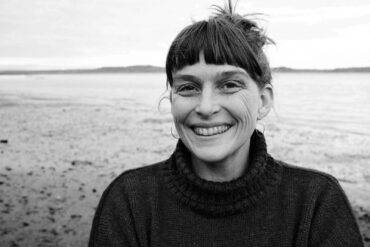
That theme resonates throughout Brones’ work. Her collection includes waterways, tree branches, intricately cut buttercups and trillium, and fun pieces such as a can of sardines. She sells her work as cards and stickers, as well as various sizes of wall art. One series, called “River Thinking,” is a 22-by-30 piece.
Though there are famous papercutting artists such as Henri Matisse and Nahoka Kojima, not many artists work in this medium. That’s something that drew Brones to it as well.
 “There’s an element of feeling that this medium is different because not a lot of people do it,” she said. “When people see it, it elicits a reaction. Most people have made a papercut in their life, so they have some experience with a form of that, such as snowflakes or hearts that they’ve made for holidays. I really like that about it.”
“There’s an element of feeling that this medium is different because not a lot of people do it,” she said. “When people see it, it elicits a reaction. Most people have made a papercut in their life, so they have some experience with a form of that, such as snowflakes or hearts that they’ve made for holidays. I really like that about it.”
Unlike painting or weaving, the equipment required for papercutting is minimal. Paper and a sharp cutting tool are all that is needed. Brones said her preferred papers are Strathmore ArtAgain, Canson ColorLine and Neenah Royal Sundance. She uses black paper to create a black-and-white illustration, but she recently began experimenting with adding watercolor to some pieces.
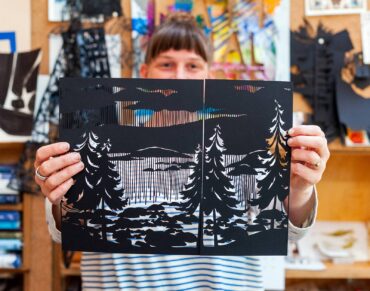 “I like how graphic it is,” Brones said. “It’s very similar to printmaking and can be very bold and graphic, and it’s just playing with positive and negative space. When you paint or draw, you can change the color and shading. But with papercutting, you have the paper and what you took away, and I really like that contrast because it challenges you to do things that you otherwise wouldn’t do with a drawing or a painting. It’s a fun challenge for me.”
“I like how graphic it is,” Brones said. “It’s very similar to printmaking and can be very bold and graphic, and it’s just playing with positive and negative space. When you paint or draw, you can change the color and shading. But with papercutting, you have the paper and what you took away, and I really like that contrast because it challenges you to do things that you otherwise wouldn’t do with a drawing or a painting. It’s a fun challenge for me.”
She lives in Home, on the Key Peninsula, with her husband, Luc Revel, who is an architect by training. The two collaborated on an art project for the Bainbridge Island Japanese American Exclusion Memorial. The metal pieces are similar to Brones’ papercutting art, but they are large metal sculptures instead of paper. She said her husband’s understanding of engineering and spatial design was key to the collaboration.
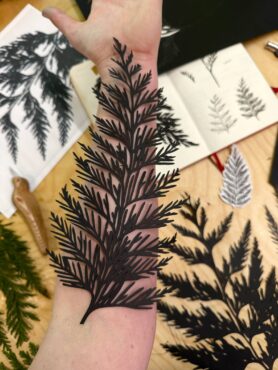 Brones’ art can also be viewed on a metal city of Tacoma traffic box at South 21st and Market streets. She completed the four papercuts for that project in 2023, and the art will be on the box through 2029.
Brones’ art can also be viewed on a metal city of Tacoma traffic box at South 21st and Market streets. She completed the four papercuts for that project in 2023, and the art will be on the box through 2029.
In 2022, Brones was commissioned by Vida Design to create a triptych to honor the Columbia Gorge. This piece hangs in the leasing office of the Ninebark Apartments in Washougal, in the community building, to celebrate the native flora and fauna and use of the waterway. The illustration combines papercut with watercolor.
Brones began working for herself in 2021 and hasn’t looked back. She started as a freelance writer; her self-employment experience and the skills she had to run a business have given her confidence and understanding that there is no other way to work for her.
“It’s hard to imagine doing anything else, so that means I just have to make it work,” she said. “I do think you need more than just enthusiasm about your art. You need to get a kick out of running a business and have the personality that makes running a business a little easier.
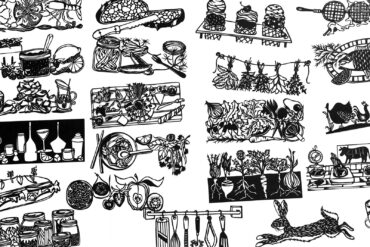 “You have to keep all of those balls in the air, so if you’re excited about pursuing it, have your eyes wide open and see the whole thing as a creative endeavor. Sometimes, when I think about the website, marketing, those things are very creative endeavors, too, so there is very much a time and season for making creative work and for marketing. Those two things require different hats, and I find that sometimes I have to wear one and take it off, and put the other one on.”
“You have to keep all of those balls in the air, so if you’re excited about pursuing it, have your eyes wide open and see the whole thing as a creative endeavor. Sometimes, when I think about the website, marketing, those things are very creative endeavors, too, so there is very much a time and season for making creative work and for marketing. Those two things require different hats, and I find that sometimes I have to wear one and take it off, and put the other one on.”
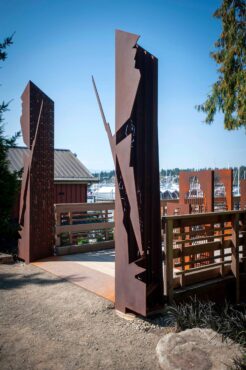
Brones teaches creativity workshops, and the elements of play, experimentation and having fun are at her core. “The more we allow ourselves to be in the process and remove ourselves from the outcome, the better,” she said. “In the professional world, you do have to think about the outcome.”
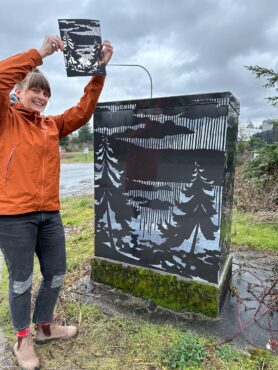
Because that focus on the outcome can begin to block creativity, she said it’s important to find other things to do that allow for experimentation, mistakes and the act of creating just for the sake of being creative.
“I think everybody needs creativity in their life, and that can be a lot of different things,” she said. “It can be making food, music, all kinds of things. But I think we are so afraid of doing something wrong, and fear often prevents us from trying something. So, I try to get across when I teach that we’re really hung up on things being good, and that can get in the way. I struggle with this all the time, but I try to give myself reminders.”
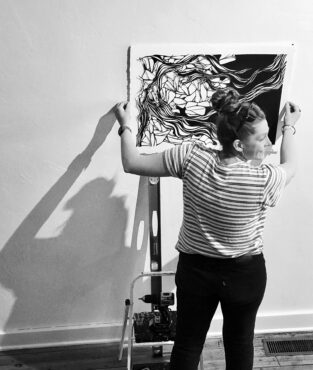 When she feels creatively stuck, Brones said she finds ways to figure out why she doesn’t feel creative, and then she engages in some physical activity.
When she feels creatively stuck, Brones said she finds ways to figure out why she doesn’t feel creative, and then she engages in some physical activity.
“Sometimes it’s because I’ve been pushing too hard or spent too much time on my phone,” she said. “There are so many other forms of creativity, like a bike ride or going for a swim. Any type of movement, either physical or mental, is always helpful, and I like to have a variety of books around with art. It’s helpful to go back to what you know and what you’re inspired by. But I feel stuck and blocked all the time. I don’t know any artist who doesn’t feel that way.”
Brones visits Sweden as often as possible and also hosts a yearly artists retreat in Norway with a friend who has property there. She is currently writing a research book on cold and cold water and their effects on the body and mind. This book, which is not yet titled, is the seventh Brones has written and illustrated with her papercutting illustrations. The book will be published by Random House.





